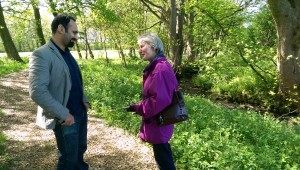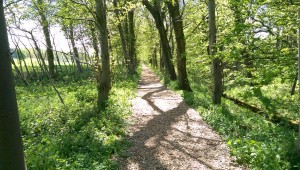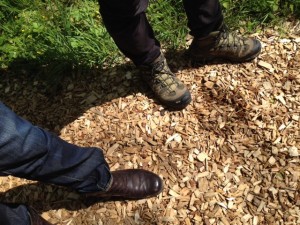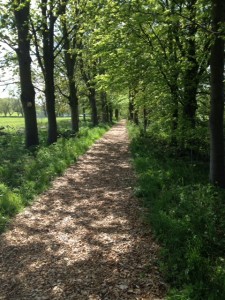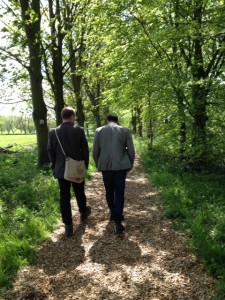Due to another commitment this event had to be cancelled – sorry!
Date: 9 June 2015
Time: 12.00-13.00 (extended walk till 2pm optional)
Depart 12:10
MEET: Bowland North Quad (nearer the spine)
Route: (Accessible route) Around Campus
Running Late and Missed the Group?
If you have an iPhone try and track us down using CoMob Net app with group name “walking seminar” https://itunes.apple.com/gb/app/comob-net/id326303438?mt=8Less technical – follow or intercept us!
We’ll be heading north up past LICA, down the linking road toward the duck pond, around the pond and bowling green then across the path between sports centre and sports pitches, then looping around Alex park. the fitness trail,
About this walking seminar:
THE WALKING SEMINAR IS A MONTHLY WALK DURING WHICH WE TALK-WALK ABOUT VARIOUS ISSUES CONCERNING ACADEMIC WORK. THE IDEA IS THAT TALKING-WHILE-WALKING ENHANCES THINKING IN WAYS NOT ATTAINABLE BEHIND A DESK OR IN A SEMINAR SITTING DOWN.
Discussion topic: Anecdotes
“Merely anecdotal” is often a put down of research – but what place do anecdotes have?
Taking Mike Michael’s chapter as an inspiration we’ll be thinking about:
- How could/would or have you used anecdotes in your writing and or presenting?
- When do they work?
- Have they ever been dismissed?
- What makes a “good” anecdote?
- What makes something “merely anecdotal”
- How much “data” does it take to make “an anecdote”?
- How many “anecdotes” does it take to become “data”?
To quote Mike Michael (2012)
the focus will be less on anecdotes as particular components of social phenomena, and more upon their broader, and hopefully deeper, ramifications for methodology. On this score, anecdotes also become a topic of enquiry. The question becomes: How might we push the anecdote as form and process so that it adds something new (or at least new-ish) to the conduct of research – to the gathering, identifying, marshalling, ordering or making of “the happening of the social” (p.26)
Recommended reading:
Michael, M. (2012). Anecdote. In C. Lury & N. Wakeford (Eds.), Inventive methods the happening of the social (pp. 25-35). London: Routledge.
http://ezproxy.lancs.ac.uk/login?url=http://lib.myilibrary.com/Open.aspx?id=371761
TERRAIN/FOOOTWEAR: Accessible route – tarmac
